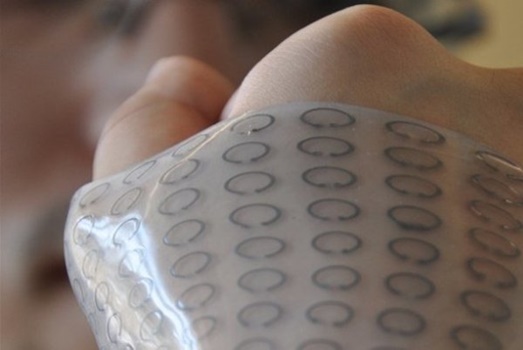One of the primary requirements for tissue engineering is the design and construction of scaffolds, which are the artificial constructs in which cells are planted. These structures are able to mimic and support the native three-dimensional tissue structure. The structure of the scaffolds must be as similar to the tissues surrounding the planting area as possible. Thus, regeneration and improvement of damaged tissues are increased quantitatively and qualitatively.
Bakhali Masoumi, the project manager, said the research was conducted with an aim to synthesize and evaluate a new scaffolding to repair damaged skin tissues.
“The synthesized scaffolds in the project are biocompatible, biodegradable, and have good mechanical and rheological properties,” he said, adding, “They are also electrically conductive which allows them to have a better performance in engineering skin, bone, and neural tissues that need electrical signals.”
According to him, a polymer system comprising aliphatic, polyaniline, and polycaprolactone polyesters has been used in building the scaffolds for repairing damaged skin tissues. The results of the research have been published in RCS Advances, vol. 6, No. 32, 2016, pp 19437-19451.
